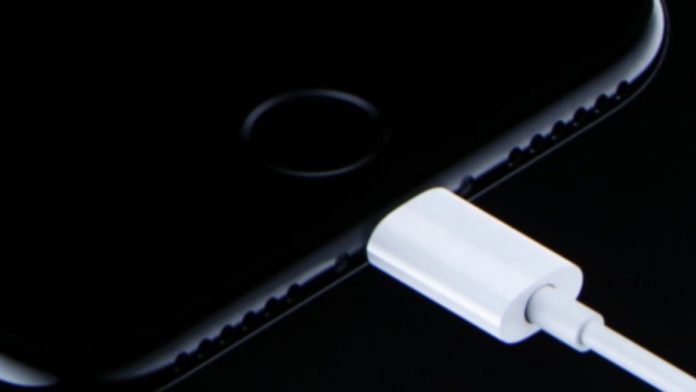In June this year, the European Union (EU) lawmakers had come to a consensus that all electronic devices sold after Autumn 2024 will have a single charging port.
In other words, USB Type-C will become the universal charging port for all mobile devices, including iPhones, Android smartphones, tablets, and cameras in the EU.
On Tuesday, the European Parliament approved the rule that enforces USB-C as a common charging port for all consumer devices. A total of 602 lawmakers voted in favor of the new law, 13 were against it, and 8 abstained from voting.
“By the end of 2024, all mobile phones, tablets, and cameras sold in the EU will have to be equipped with a USB Type-C charging port. From spring 2026, the obligation will extend to laptops. The new law is part of a broader EU effort to reduce e-waste and to empower consumers to make more sustainable choices,” said a press release issued by the European Parliament.
“Under the new rules, consumers will no longer need a different charger every time they purchase a new device, as they will be able to use one single charger for a whole range of small and medium-sized portable electronic devices.”
The EU says that the new devices will have to be equipped with a USB Type-C port regardless of their manufacturer, as per the new law.
This includes all new mobile phones, tablets, digital cameras, headphones and headsets, handheld videogame consoles and portable speakers, e-readers, keyboards, mice, portable navigation systems, earbuds, and laptops that are rechargeable via a wired cable and operate with a power delivery of up to 100 Watts.
Further, all devices that support fast charging will now have the same charging speed, which will allow users to charge their devices at the same speed with any compatible charger.
However, devices such as smartwatches, health trackers, and some sports equipment that are too small to offer a USB-C port will be exempted by the new law. The law is expected to be expanded to other devices over a period of time.
Companies will need to have dedicated labels that inform consumers about the charging characteristics of new devices they buy, which will make it easier for them to see whether their existing chargers are compatible. Buyers will also be able to make an informed choice about whether or not to purchase a new charging device with a new product.
“The common charger will finally become a reality in Europe. We have waited more than ten years for these rules, but we can finally leave the current plethora of chargers in the past,” Alex Agius Saliba, a member of the European Parliament, said in a statement.
“This future-proof law allows for the development of innovative charging solutions in the future, and it will benefit everyone – from frustrated consumers to our vulnerable environment. These are difficult times for politics, but we have shown that the EU has not run out of ideas or solutions to improve the lives of millions in Europe and inspire other parts of the world to follow suit.”
The European Council will have to formally approve the Directive before the new law is published in the EU Official Journal. It will come into force 20 days after publication in the EU Journal.
EU Member states will then have 12 months to transpose the rules and 12 months after the transposition period ends to apply them. While the new rules would not apply to products placed on the market before November 2024, they would apply to laptops only from 2026. Products that are sold before the date of application will be exempted and can continue to be sold after that point.
Impact Of The New Law On Apple
The law is expected to hit Apple the most than its rivals, as it uses the company’s proprietary Lightning charger. In other words, the iPhone maker would need to include the USB Type-C charger if it wants to continue selling its iPhones in the EU.
Apparently, ever since the new law was proposed by the European Commission last year, Apple has been consistently arguing against it citing that it would handicap innovation and several accessories that use Lightning connectors including cables would become e-waste very rapidly due to the enforcement of the new law.
“We believe regulation that forces conformity across the type of connector built into all smartphone stifles innovation rather than encouraging it, and would harm consumers in Europe and the economy as a whole,” Apple wrote in 2020.
“We hope the Commission will continue to seek a solution that does not restrict the industry’s ability to innovate and bring exciting new technology to customers.”
On the other hand, the EU says that the primary objective of the new law is to reduce e-waste and save consumers an estimated €250 million ($247 million) a year since they would no longer need to buy a new charger every time they purchase a device.
According to reports, the Cupertino giant is presently testing future iPhone models that replace its proprietary Lightning charging port with a standard USB-C connector, which is currently used by newer Apple MacBooks and iPad Pro models, as well as most popular Android smartphones.
Apple has yet to comment on the law approved by the EU.

